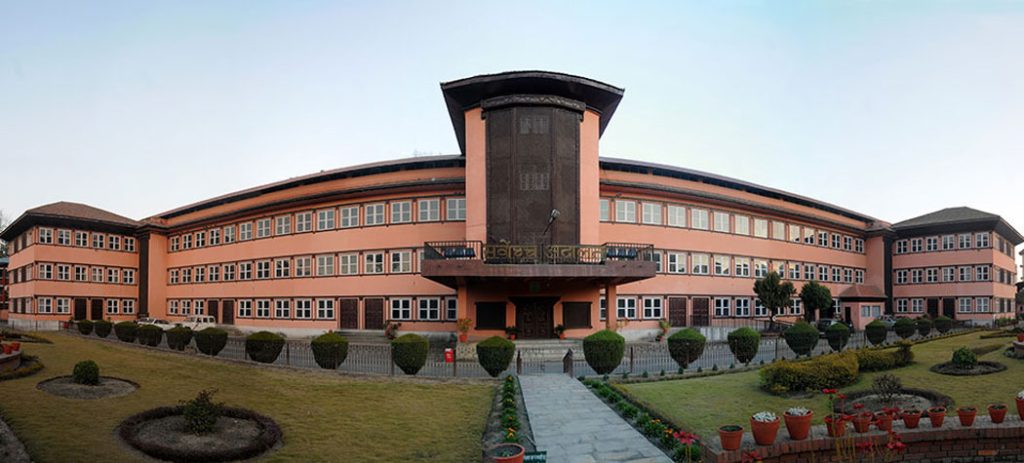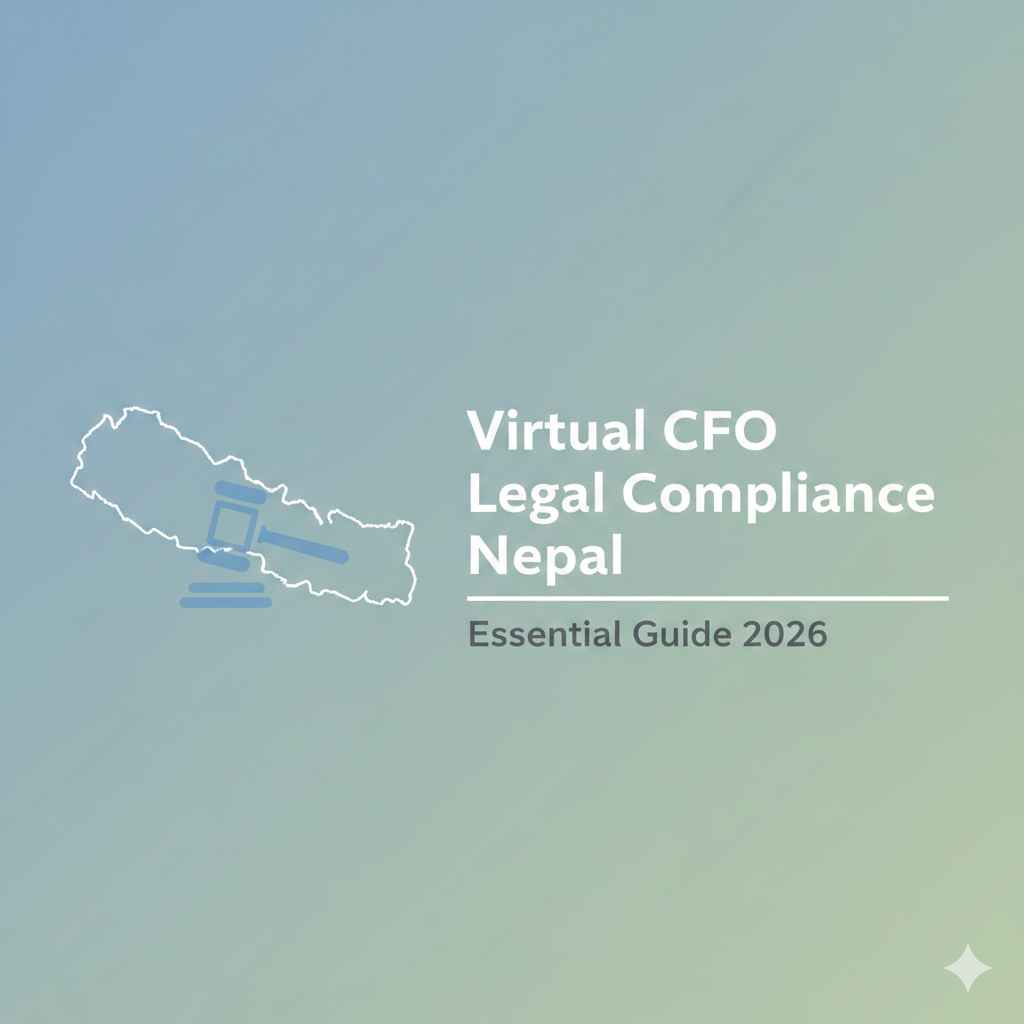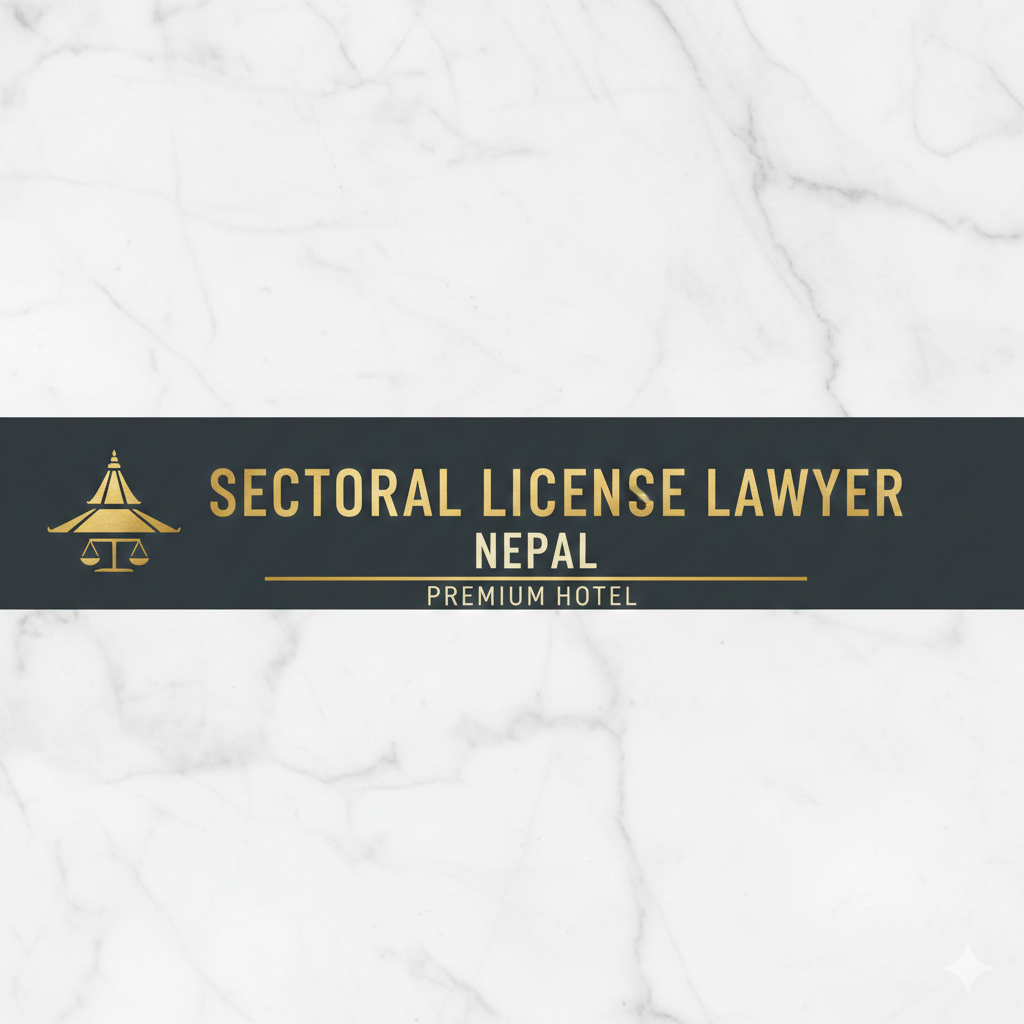
Introduction: Understanding Nepal’s Highest Judicial Authority
The Supreme Court of Nepal stands as the apex judicial institution, wielding extraordinary constitutional powers that shape the nation’s legal landscape. This comprehensive guide explores how jurisdiction operates within Nepal’s highest court, providing essential insights for legal practitioners, students, and citizens seeking justice.
What is Supreme Court of Nepal Jurisdiction?
The Supreme Court of Nepal’s jurisdiction encompasses the broadest legal authority in the country. This authority is derived from the Constitution of Nepal 2015, which establishes the court as the final arbiter of constitutional, civil, and criminal matters.
Constitutional Foundation of Jurisdiction
Article 128 of Nepal’s Constitution defines the Supreme Court’s jurisdictional scope. The court’s authority extends across multiple legal domains, making it the ultimate guardian of constitutional rights and legal principles.
Types of Jurisdiction Exercised by Supreme Court
| Jurisdiction Type | Description | Legal Authority |
|---|---|---|
| Original Jurisdiction | Direct filing of specific constitutional cases | Article 133, Constitution 2015 |
| Appellate Jurisdiction | Appeals from High Courts and specialized courts | Article 134, Constitution 2015 |
| Constitutional Jurisdiction | Constitutional interpretation and review | Article 133(1), Constitution 2015 |
| Extraordinary Jurisdiction | Writs and extraordinary remedies | Article 133(2), Constitution 2015 |
| Advisory Jurisdiction | Legal opinions to government | Article 137, Constitution 2015 |
How to File Cases Under Supreme Court Jurisdiction
Original Jurisdiction Cases
Cases filed directly in the Supreme Court include:
- Constitutional interpretation disputes
- Fundamental rights violations
- Inter-governmental legal conflicts
- Electoral disputes involving federal positions
Appeal Process Framework
The appellate process follows a structured pathway:
- High Court Decision Review: Appeals from seven High Courts across Nepal
- Special Court Appeals: Decisions from specialized tribunals
- Constitutional Questions: Cases involving constitutional interpretation
Powers and Authority of Supreme Court
Constitutional Review Powers
The Supreme Court exercises judicial review over:
- Legislative acts conflicting with constitutional provisions
- Executive actions exceeding constitutional authority
- Administrative decisions violating fundamental rights
Writ Jurisdiction
Five types of writs are issued:
| Writ Type | Purpose | Application |
|---|---|---|
| Habeas Corpus | Personal liberty protection | Unlawful detention cases |
| Mandamus | Duty enforcement | Government obligation failures |
| Certiorari | Decision review | Lower court error corrections |
| Prohibition | Authority limitation | Jurisdiction excess prevention |
| Quo Warranto | Office legitimacy | Unauthorized position holding |
Landmark Cases Defining Jurisdictional Scope
Constitutional Interpretation Precedents
Several landmark decisions have shaped jurisdictional understanding:
- Advocate Prakash Mani Sharma vs. Prime Minister (2018): Established executive accountability principles
- Sher Bahadur Deuba vs. Kedarnath Joshi (2017): Defined parliamentary dissolution boundaries
- Forum for Women, Law and Development vs. Nepal Government (2019): Expanded fundamental rights interpretation
How Supreme Court Jurisdiction Affects Legal Practice
For Legal Practitioners
Understanding jurisdictional nuances enables lawyers to:
- Choose appropriate legal remedies
- Structure arguments effectively
- Navigate appeal processes efficiently
For Citizens
Citizens benefit through:
- Direct constitutional challenge opportunities
- Fundamental rights protection mechanisms
- Access to highest judicial review
Comparison with Regional Supreme Courts
| Country | Constitutional Review | Writ Jurisdiction | Advisory Powers |
|---|---|---|---|
| Nepal | Comprehensive | Five writ types | Government advisory |
| India | Similar scope | Identical system | Limited advisory |
| Bangladesh | Restricted | Four writ types | No advisory role |
| Sri Lanka | Constitutional only | Limited writs | Government consultation |
Procedural Requirements for Jurisdiction
Filing Prerequisites
Cases must meet specific criteria:
- Standing Requirements: Direct interest in legal outcome
- Exhaustion Principle: Lower court remedies attempted
- Constitutional Questions: Substantial legal issues raised
- Time Limitations: Statutory deadlines observed
Documentation Standards
Required documentation includes:
- Comprehensive legal petitions
- Supporting evidence compilation
- Constitutional provision citations
- Lower court decision copies
Recent Developments in Jurisdictional Scope
2023-2024 Judicial Reforms
Recent changes have expanded jurisdictional reach:
- Digital Case Filing: Online petition submission systems
- Fast-Track Procedures: Expedited constitutional cases
- Public Interest Litigation: Broadened citizen access
- Environmental Jurisdiction: Specialized ecological cases
How to Navigate Supreme Court Procedures
Step-by-Step Filing Process
- Case Assessment: Jurisdictional eligibility verification
- Document Preparation: Comprehensive petition drafting
- Fee Calculation: Court fee determination
- Filing Submission: Registry acceptance procedures
- Hearing Schedule: Court calendar arrangement
Timeline Expectations
| Case Type | Average Duration | Factors Affecting Speed |
|---|---|---|
| Constitutional Review | 6-12 months | Complexity, public interest |
| Writ Petitions | 3-6 months | Urgency, documentation quality |
| Appeals | 8-15 months | Lower court record, legal issues |
| Advisory Opinions | 2-4 months | Government priority, legal clarity |
International Perspectives on Nepal’s Jurisdiction
Comparative Analysis
Nepal’s Supreme Court jurisdiction aligns with democratic judicial systems while maintaining unique characteristics:
- Broad Constitutional Authority: Similar to Indian Supreme Court model
- Writ Jurisdiction: Comprehensive remedial powers
- Advisory Role: Distinctive government consultation function
Challenges and Limitations
Current Jurisdictional Constraints
Despite broad powers, limitations exist:
- Resource Constraints: Limited judicial infrastructure
- Case Backlog: Increasing petition volumes
- Implementation Gaps: Enforcement mechanism challenges
- Political Sensitivity: Constitutional interpretation complexities
Future of Supreme Court Jurisdiction
Anticipated Developments
Jurisdictional evolution trends include:
- Technology Integration: Digital court systems
- Specialized Benches: Subject-matter expertise
- Alternative Dispute Resolution: Mediation integration
- International Cooperation: Cross-border legal issues
Practical Tips for Legal Success
For Practitioners
- Jurisdictional Analysis: Thorough competency assessment
- Precedent Research: Comprehensive case law study
- Strategic Timing: Optimal filing moment selection
- Documentation Excellence: Meticulous preparation standards
For Citizens
- Rights Awareness: Constitutional protection understanding
- Legal Consultation: Professional guidance seeking
- Procedure Familiarity: Court system navigation knowledge
- Evidence Preparation: Supporting documentation compilation
Frequently Asked Questions (FAQs)
Q1: What types of cases can be directly filed in the Supreme Court?
Answer: Constitutional interpretation disputes, fundamental rights violations, inter-governmental conflicts, and high-level electoral disputes can be filed directly under original jurisdiction.
Q2: How long does Supreme Court jurisdiction take to resolve cases?
Answer: Constitutional cases typically require 6-12 months, while writ petitions are resolved within 3-6 months, depending on complexity and urgency.
Q3: Can citizens file cases directly in the Supreme Court?
Answer: Yes, citizens can file constitutional petitions and writ applications directly, provided they meet standing requirements and exhaust lower court remedies where applicable.
Q4: What is the difference between original and appellate jurisdiction?
Answer: Original jurisdiction allows direct case filing, while appellate jurisdiction reviews decisions from High Courts and specialized tribunals.
Q5: How does Supreme Court jurisdiction compare to other countries?
Answer: Nepal’s Supreme Court has comprehensive constitutional review powers similar to India, with unique advisory jurisdiction features and broad writ authority.
Q6: What are the costs involved in Supreme Court jurisdiction?
Answer: Court fees vary based on case type, ranging from NPR 1,000 for simple writs to NPR 50,000 for complex constitutional cases, plus legal representation costs.
Q7: Can Supreme Court decisions be appealed further?
Answer: No, Supreme Court decisions are final and binding, representing the ultimate judicial authority in Nepal’s legal system.
Q8: How to prepare for Supreme Court jurisdiction cases?
Answer: Thorough legal research, comprehensive documentation, constitutional provision analysis, and experienced legal representation are essential preparation elements.
Q9: What happens if someone violates Supreme Court orders?
Answer: Contempt of court proceedings can be initiated, potentially resulting in imprisonment, fines, or other legal consequences for non-compliance.
Q10: Are there any cases outside Supreme Court jurisdiction?
Answer: Very few limitations exist, primarily involving military internal discipline and certain administrative decisions with explicit constitutional exclusions.
Conclusion: Mastering Supreme Court Jurisdiction
Understanding Supreme Court of Nepal jurisdiction requires comprehensive knowledge of constitutional provisions, procedural requirements, and practical applications. This knowledge empowers legal practitioners to serve clients effectively while enabling citizens to access justice through Nepal’s highest judicial authority.
The Supreme Court’s broad jurisdictional scope reflects Nepal’s commitment to constitutional governance and rule of law. As the legal landscape evolves, staying informed about jurisdictional developments remains crucial for all stakeholders in Nepal’s justice system.
Whether seeking constitutional remedies, appealing lower court decisions, or navigating complex legal challenges, the Supreme Court of Nepal stands ready to exercise its constitutional mandate as the ultimate guardian of justice and legal principles in the nation.
Author Bio: This comprehensive guide represents extensive research into Nepal’s judicial system, constitutional law, and Supreme Court procedures. Regular updates ensure accuracy and relevance for legal practitioners and citizens seeking justice through Nepal’s highest court.
Last Updated: June 2025



